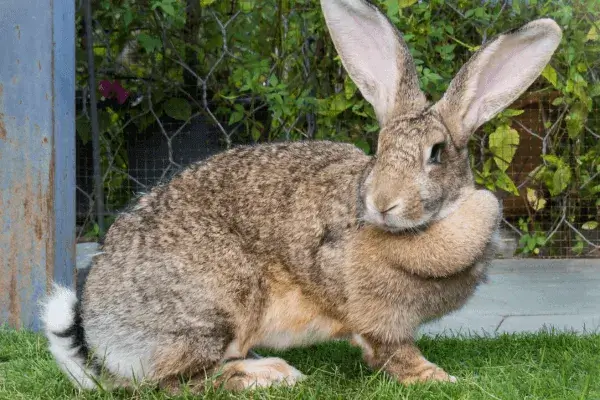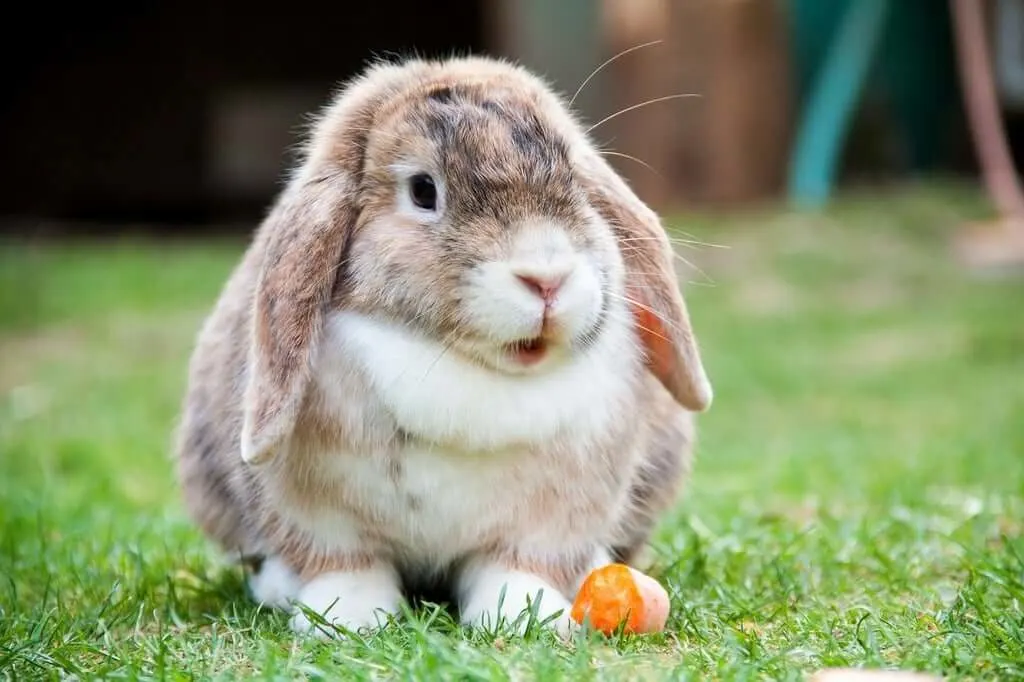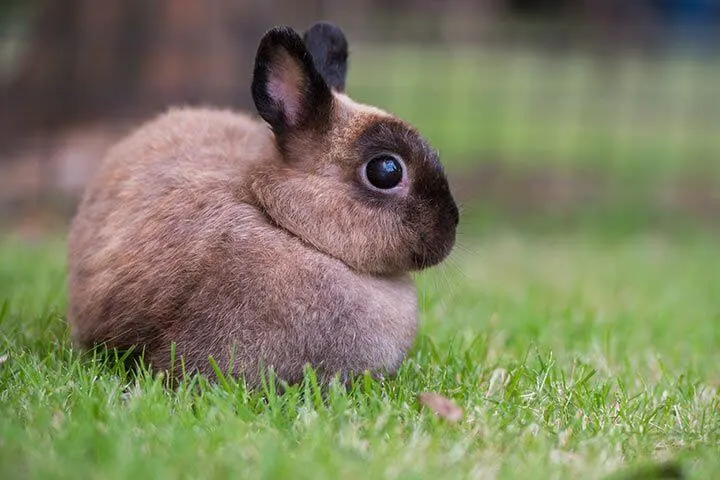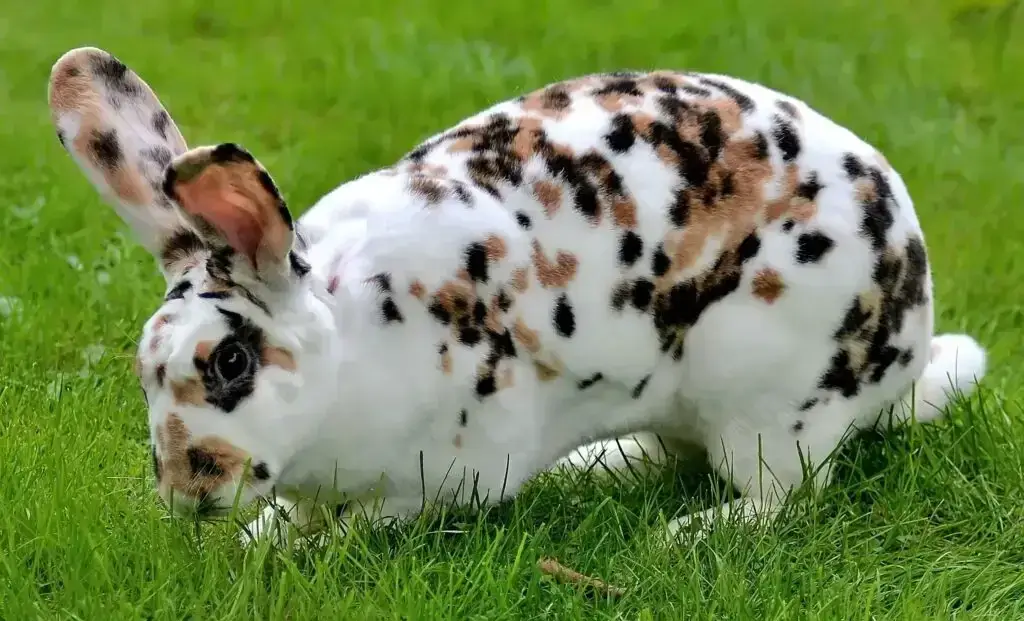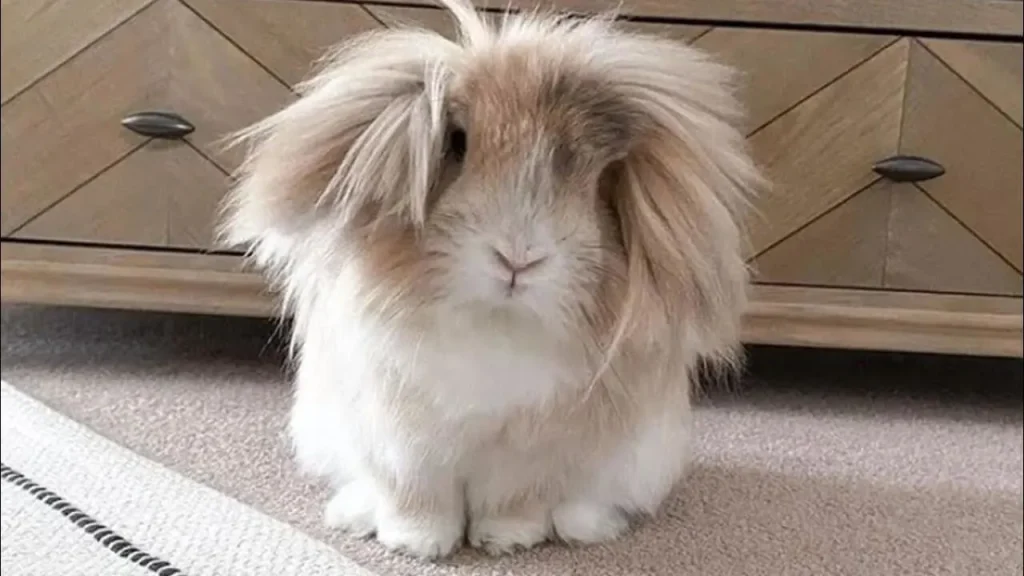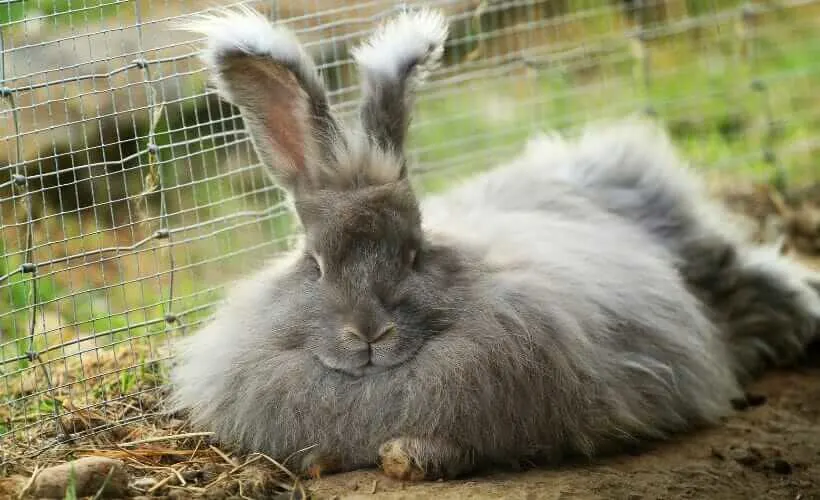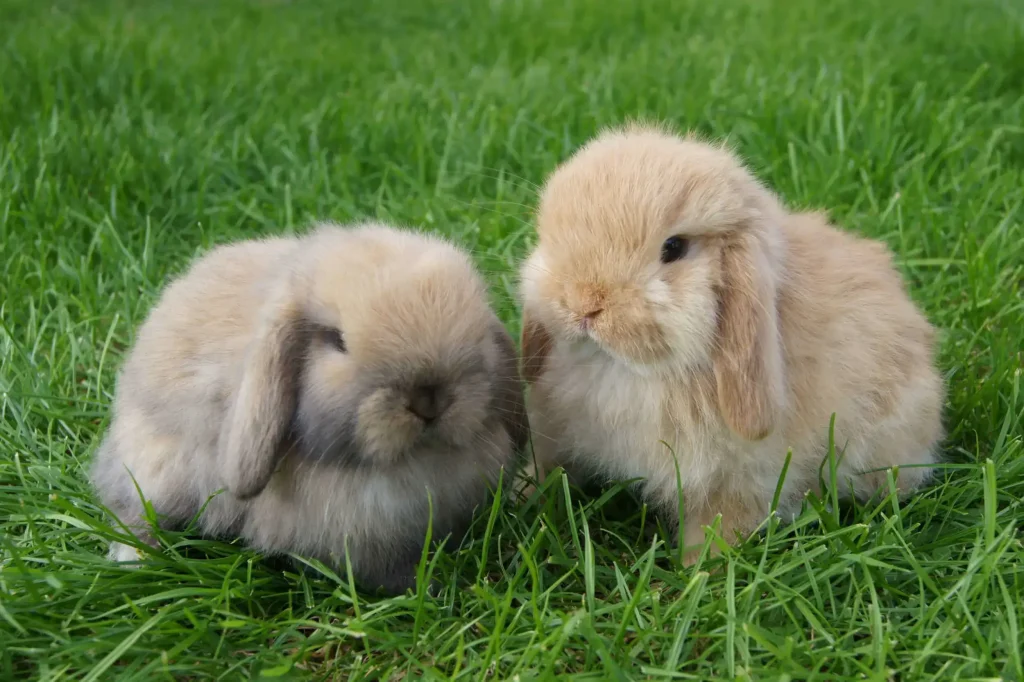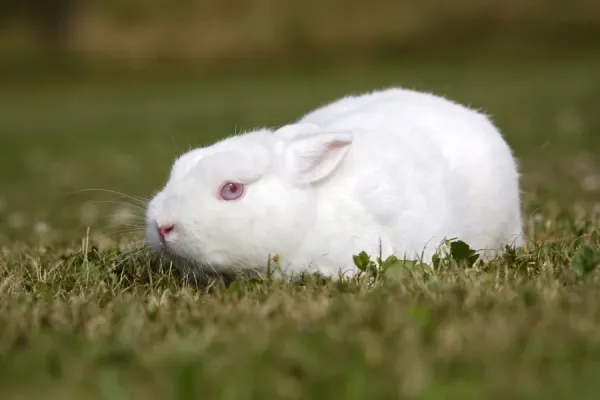🐰 Flemish Giant Rabbit – The Gentle Giant of the Rabbit World
🌟 Introduction
The Flemish Giant Rabbit is one of the largest rabbit breeds in the world, beloved for its calm demeanor and impressive size. Despite their massive appearance, these rabbits are famously gentle, making them a favorite among pet owners who appreciate a big, affectionate companion.
📜 History and Origin
The Flemish Giant dates back to the 16th century and is believed to have originated in Belgium. Originally bred for meat and fur, they gradually became popular for their docile nature and unique size.
They are considered the ancestors of many other large rabbit breeds and are often called the “King of Rabbits” due to their majestic stature.
🐇 Physical Characteristics
These rabbits are massive, with strong, elongated bodies and thick fur.
- Weight: 15 to 22 pounds (6.8 to 10 kg), some reaching up to 25 pounds
- Body: Long, muscular frame with broad hindquarters
- Fur: Dense and glossy, requiring regular grooming
- Colors: Recognized in seven colors, including black, blue, fawn, sandy, steel gray, light gray, and white
- Ears: Upright and thick, about 5–8 inches long
Despite their size, Flemish Giants are often described as “gentle giants” with a relaxed and lovable personality.
💖 Temperament and Personality
Flemish Giants are known for their sweet and laid-back nature. They are friendly, tolerant, and typically enjoy being around people, including children. Their calm behavior makes them easy to handle, although their large size does require gentle and confident handling.
They are affectionate and may even follow their human companions around like a dog.
🏡 Ideal Living Environment
Due to their size, Flemish Giants need more space than smaller breeds. They thrive best in spacious enclosures and benefit from time outside the cage for exercise and socialization.
- 🏠 Extra-large enclosures or free-roam indoor space
- 🧺 Soft bedding that supports their weight
- 🧸 Enrichment like tunnels, hideouts, and toys
They also do well outdoors in secure hutches with ample room, provided they are protected from extreme weather and predators.
🥗 Diet and Nutrition
Flemish Giants have big appetites, but like all rabbits, their diet must focus on fiber-rich foods for proper digestion.
- 🌾 Unlimited hay (timothy, orchard, or oat)
- 🥬 Daily servings of leafy greens (e.g., romaine, kale, parsley)
- 🥣 Larger portions of high-fiber pellets
- 🍓 Occasional fruit treats (berries, apple slices)
- 💧 Fresh, clean water at all times
Because of their size, it’s important to monitor weight and avoid overfeeding calorie-dense foods.
🩺 Health and Lifespan
With proper care, Flemish Giants can live 5–8 years, though some live even longer. Their large size presents some unique health challenges.
- 🛏️ Risk of sore hocks due to pressure on their feet—provide soft surfaces
- 🦷 Watch for dental issues and ensure constant access to hay
- ⚖️ Monitor weight to avoid obesity-related problems
- 🏥 Regular vet visits are essential for early detection of issues
Spaying or neutering is recommended for improved behavior and long-term health.
🧼 Grooming and Maintenance
Despite their size, grooming Flemish Giants isn’t too difficult. Their short, dense fur should be brushed weekly, and more often during shedding seasons.
- 🪮 Weekly brushing to remove loose fur
- ✂️ Nail trimming every few weeks
- 🧽 Spot cleaning their enclosure to maintain hygiene
- 👂 Ear checks to prevent infections
Their grooming routine also serves as bonding time with their human companions.
👫 Compatibility with People
Flemish Giants are suitable for individuals, couples, or families who can accommodate their needs. Their patience and calmness make them great around respectful children, and their size often impresses visitors!
They appreciate daily interaction but also enjoy relaxing on their own.
🧠 Trainability and Enrichment
Flemish Giants are intelligent and can be trained to use litter boxes or even learn basic commands.
- ✅ Litter training is usually successful with consistency
- 🧩 Toys and puzzle feeders prevent boredom
- 🚪 Free-roam playtime is important for physical and mental stimulation
They enjoy quiet, engaging activities and will thrive with enrichment.
🌍 Popularity and Recognition
The Flemish Giant is a show favorite due to its size and presence. It is recognized by ARBA and remains one of the most admired rabbit breeds worldwide.
🎉 Fun Facts About Flemish Giants
- 🏆 They are one of the oldest domestic rabbit breeds, dating back over 500 years
- 📸 Their massive size makes them Instagram stars!
- 🐾 Many Flemish Giants enjoy cuddling with their humans like lap dogs
- 📏 They can grow as long as 2.5 feet!
❓ Frequently Asked Questions
Q1: Are Flemish Giants good for apartments?
A: Yes, if you have the space for them to roam and a rabbit-proofed environment, they can adapt well indoors.
Q2: Do they get along with other pets?
A: Generally, yes. They are peaceful and can coexist with calm dogs or cats, though introductions should be done carefully.
Q3: How much space do they need?
A: A large enclosure or free-roam area is ideal. They need room to hop, stretch, and explore safely.
Q4: Are they suitable for children?
A: Absolutely, but always supervise interactions and teach children to handle these gentle giants respectfully.
Q5: Can Flemish Giants live outdoors?
A: Yes, with a secure, weatherproof hutch and safe play area. Avoid extreme heat or cold.
✅ Conclusion
The Flemish Giant Rabbit is truly a gentle giant—friendly, calm, and full of charm. Their impressive size might turn heads, but it’s their affectionate personality that truly captures hearts. With enough space, care, and love, Flemish Giants make magnificent companions that bring joy, comfort, and a whole lot of fluff into your life.
